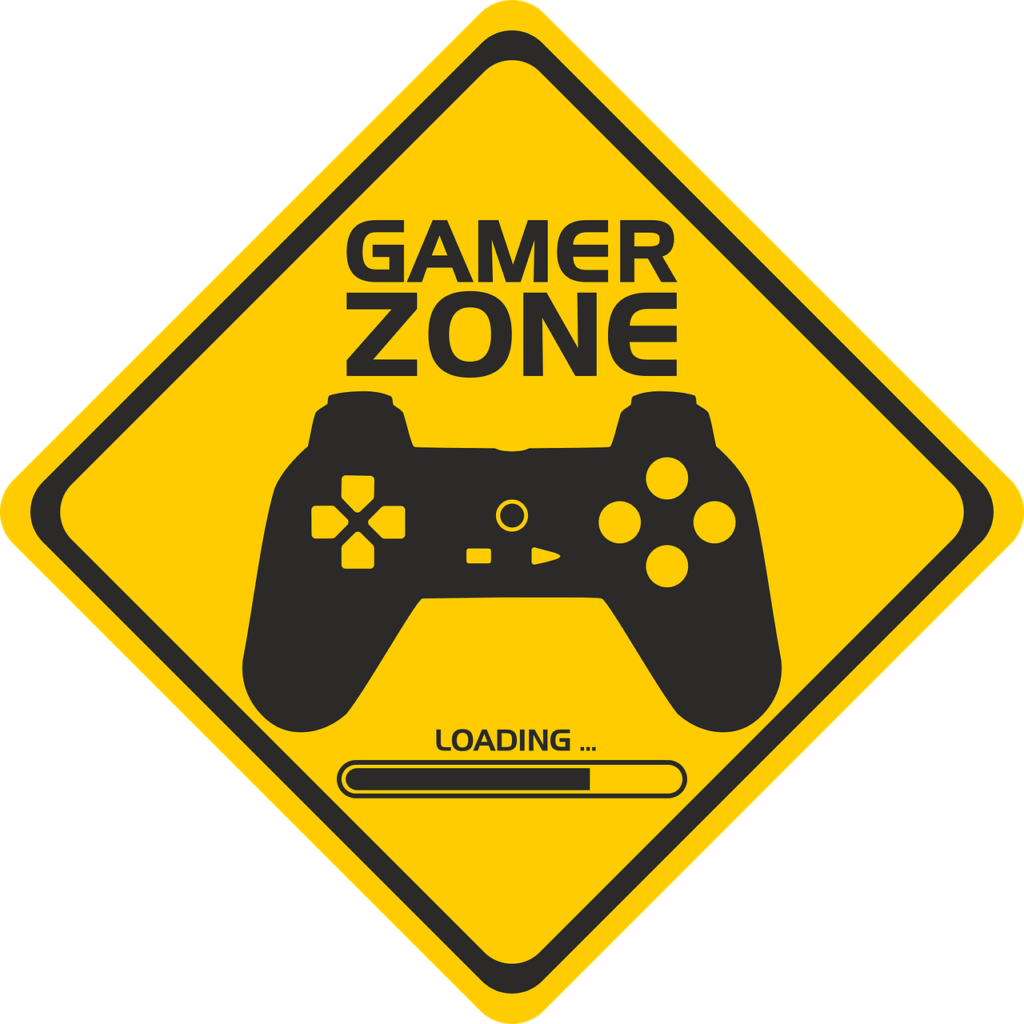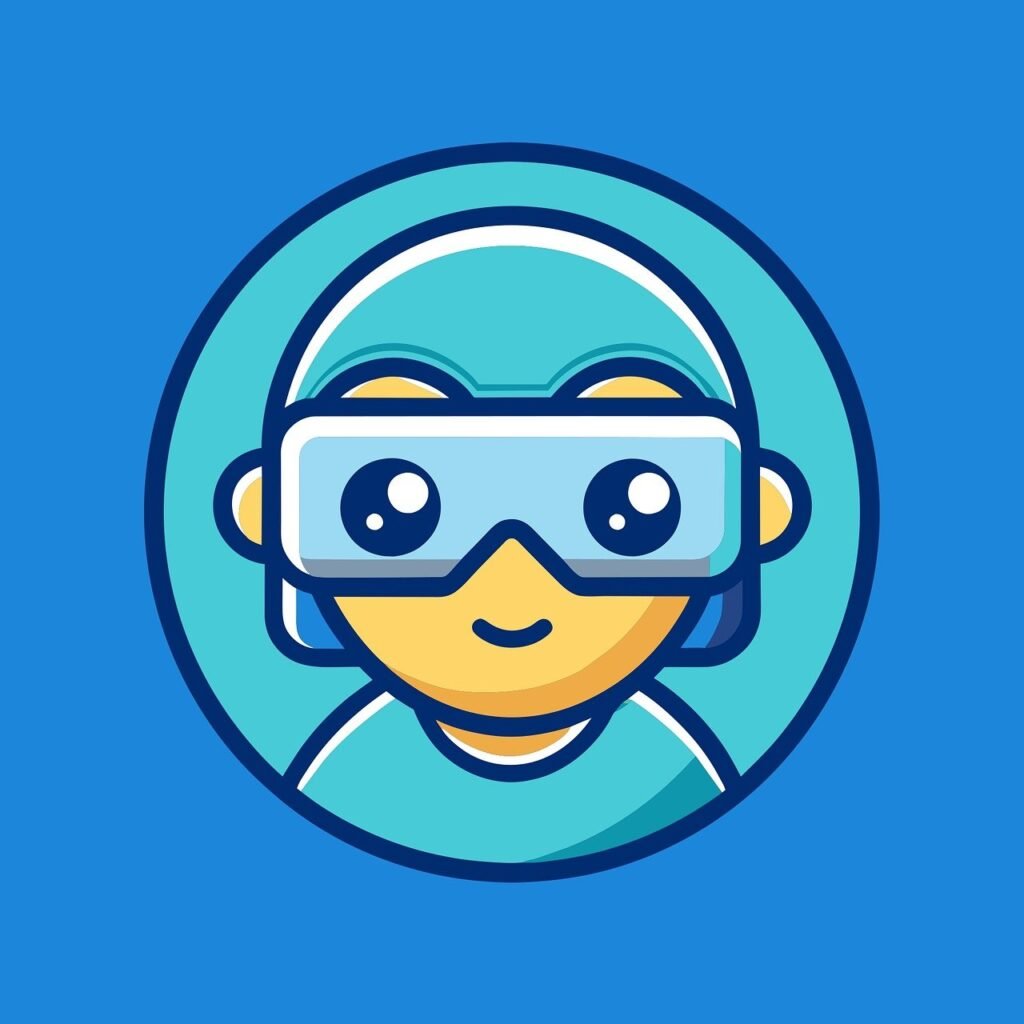Welcome to an exciting journey into the world of digital game development! In this article, you will learn valuable insights and tips on how to master the art of creating digital and app-based games. From understanding game mechanics to coding techniques, you will discover the key components that go into developing successful and engaging games. So buckle up and get ready to unleash your creativity and delve into the captivating realm of game development! Have you ever dreamed of creating your own digital game but didn’t know where to start? Well, you’ve come to the right place! In this guide, we will walk you through the process of mastering the art of digital game development. From coming up with game ideas to actually building and publishing your game, we’ve got you covered. So grab a cup of coffee, sit back, and let’s dive into the world of game development together!

This image is property of pixabay.com.
Getting Started: Understanding the Basics of Game Development
So you want to make a digital game, but where should you begin? The world of game development can be overwhelming, especially for beginners. But don’t worry, we’re here to help break it down for you. Let’s start by understanding the basics of game development.
What is Game Development?
Game development is the process of creating video games for various platforms such as consoles, PCs, mobile devices, and more. It involves designing, building, and testing games to ensure they are fun, engaging, and user-friendly. Game developers typically work in teams and use various tools and programming languages to bring their ideas to life.
The Key Components of a Digital Game
Before you start developing your game, it’s essential to understand the key components that make up a digital game. These components include:
- Game Design: This involves creating the core concept and mechanics of the game, including the story, characters, levels, and objectives.
- Programming: Game developers use programming languages such as C++, Java, or Python to write the code that makes the game run.
- Art and Design: This includes creating the visual elements of the game, such as characters, environments, and animations.
- Audio: Music, sound effects, and voiceovers are crucial for creating an immersive gaming experience.
- Testing and Quality Assurance: Ensuring the game is bug-free and plays smoothly on different devices.
Understanding these components will help you plan and execute your game development process more effectively.
Ideation Phase: Coming Up with Game Ideas
Now that you have a basic understanding of game development, it’s time to come up with game ideas. The ideation phase is crucial as it sets the foundation for your game and determines its overall success. But how do you come up with a great game idea?
Brainstorming
Start by brainstorming ideas with a pen and paper or a digital notepad. Think about your favorite games, genres, and mechanics that you enjoy playing. Consider what makes a game fun, challenging, and engaging. Don’t be afraid to think outside the box and explore new concepts that haven’t been done before.
Market Research
Research the current trends in the gaming industry and identify gaps or opportunities for new game ideas. Look at popular games in your desired genre, study their mechanics, art style, and target audience. Understanding what players are looking for can help you create a game that stands out and attracts a loyal fan base.
Game Design Documents
Once you have a solid game idea, create a game design document (GDD) that outlines the core features, mechanics, and story of your game. The GDD serves as a roadmap for your development process and helps you stay organized and focused on your goals.

This image is property of pixabay.com.
Development Phase: Building Your Game
With a solid game idea and GDD in hand, it’s time to start building your game. The development phase involves coding, designing, testing, and iterating on your game to bring it to life. Let’s break down the development process into key steps:
Choosing a Game Engine
A game engine is a software framework that provides tools and functionalities for developing games. Popular game engines such as Unity, Unreal Engine, and Godot are widely used in the industry. Choose a game engine that suits your technical skills, budget, and the type of game you want to create.
Coding and Scripting
Game developers use programming languages like C#, JavaScript, or GDScript to write the code that powers the game. Depending on your game engine, you may need to learn a specific language to create gameplay mechanics, AI behaviors, and user interfaces.
Art and Design
Create the visual elements of your game, including characters, animations, backgrounds, and user interfaces. Use graphic design software like Photoshop, Illustrator, or Blender to bring your game world to life. Consider working with artists and designers to enhance the quality of your game’s visuals.
Sound and Music
Music and sound effects play a crucial role in the overall gaming experience. Create or license original music tracks and sound effects that match the mood and theme of your game. Tools like FruityLoops, Pro Tools, or Audacity can help you compose and edit audio for your game.
Testing and Debugging
Testing your game is essential to identify bugs, glitches, and performance issues. Conduct playtesting sessions with friends, family, or beta testers to gather feedback and improve your game. Use debugging tools provided by your game engine to fix errors and optimize your game for different devices.
Publishing and Marketing: Sharing Your Game with the World
Congratulations! You’ve successfully built your game, and now it’s time to share it with the world. Publishing and marketing your game are crucial steps in reaching a wider audience and generating interest in your game. Let’s explore how you can effectively publish and market your game:
Finding a Distribution Platform
Choose a distribution platform to sell or distribute your game, such as Steam, the App Store, Google Play, or itch.io. Research the requirements, fees, and guidelines of each platform to determine the best fit for your game.
Creating a Marketing Plan
Develop a marketing plan to promote your game and attract players. Utilize social media, press releases, influencer partnerships, and game forums to build hype around your game. Consider running ads, hosting giveaways, or attending gaming events to reach a larger audience.
Launching Your Game
Plan a launch date for your game and build anticipation through teasers, trailers, and countdowns. Coordinate with your distribution platform to ensure a smooth release process and address any pre-launch issues. Monitor player feedback and update your game based on user suggestions and reviews.
Engaging with Your Community
Build a community around your game by engaging with players, responding to feedback, and hosting events or contests. Create a dedicated website, forum, or Discord server where players can connect, share tips, and provide support. Cultivate a loyal fan base that will support your future game projects.

This image is property of pixabay.com.
Monetization Strategies: Generating Revenue from Your Game
Now that your game is live and generating buzz, it’s time to think about monetization strategies to generate revenue. There are various ways to monetize your game and earn income from your hard work. Let’s explore some common monetization strategies:
Premium Model
Sell your game for a one-time purchase price and provide players access to the full game experience. Offer additional content, expansions, or DLCs as optional purchases to enhance gameplay and generate additional revenue.
Freemium Model
Offer your game for free with optional in-app purchases (IAPs) or virtual goods that players can buy to enhance their gameplay experience. Provide value to free players while offering premium content or features for paying customers.
Subscription Model
Create a subscription-based service that grants players access to premium content, exclusive features, or ongoing updates for a recurring fee. Provide regular updates, events, and rewards to subscribers to encourage long-term engagement.
Ad-Based Model
Monetize your game through advertising by displaying ads within the game, such as banners, videos, or sponsored content. Partner with ad networks or advertisers to generate revenue based on impressions, clicks, or conversions.
Choose a monetization strategy that aligns with your game’s target audience, genre, and player preferences. Experiment with different models, gather player feedback, and adjust your strategy based on performance metrics.
Conclusion: Embracing the World of Game Development
Congratulations on completing this guide to mastering the art of digital game development! We hope you found the information and tips helpful in kickstarting your game development journey. Remember, game development is a continuous learning process that requires dedication, creativity, and passion for gaming.
Whether you’re a beginner or seasoned developer, there’s always something new to learn and explore in the world of game development. Don’t be afraid to experiment, make mistakes, and seek feedback from others. Keep pushing the boundaries of game design, storytelling, and innovation to create games that captivate and inspire players around the world.
So what are you waiting for? Dive into the exciting world of game development and start creating your own digital masterpieces today. Who knows, your game could be the next big hit in the gaming industry! Happy coding, designing, and gaming!
